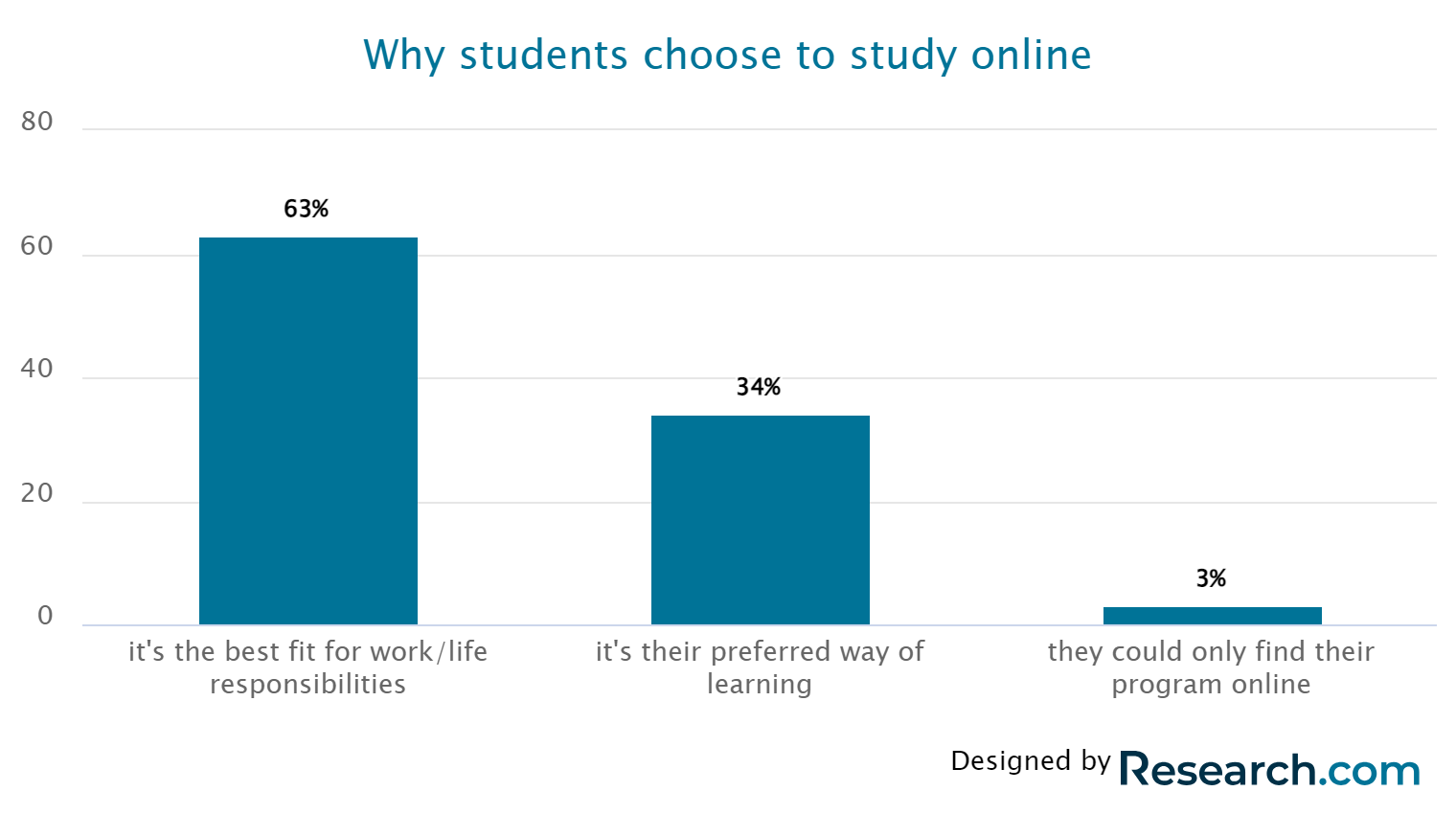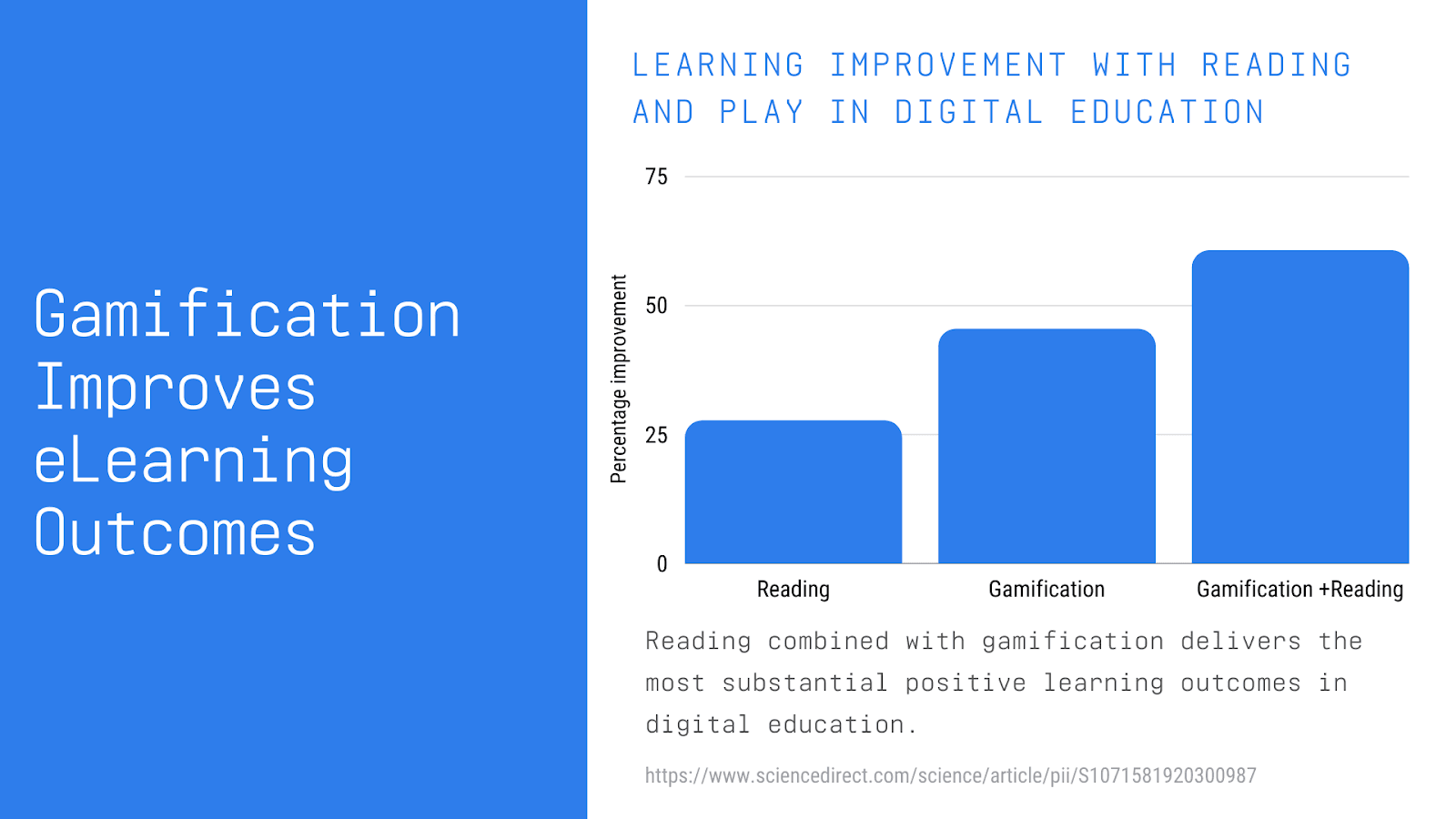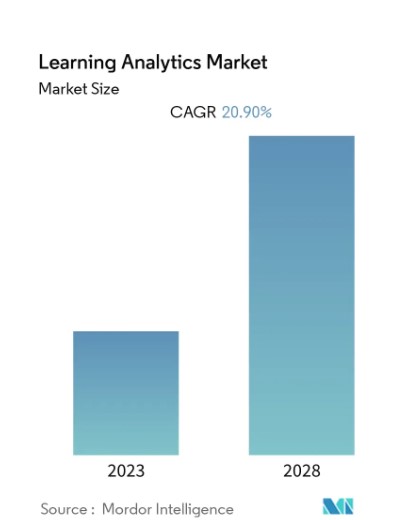Online education has transformed how our kids study in recent years, eradicating old obstacles and enabling universal access to knowledge. Since the pandemic offered this form of learning a push, it has only grown in prominence. By 2026, the value of the online education market globally is anticipated to exceed $370 billion.
Several new factors are transforming the face of the online education atmosphere. In this blog, we’ll look at some of the most important trends that will shape the future of online education. 
1. The Role of AI and ML
One of the top trends presently in online education is the use of AI, and according to Global Market Insights, the role of AI in education will reach $6 billion by 2024. The widespread implementation of AI through software and educational apps offers us three key advantages, i.e., quick, innovative, and less expensive learning through technology usage.
Adaptive and Personalized Learning are the two aspects where AI plays a significant role in this industry. AI and Machine Learning (ML) can improve a student’s learning experience; for instance, auto-recommendation systems will communicate with a student based on their performance, profile, and behavior.
Through evaluation, the system can monitor a student’s progress in mastering a subject or skill and suggest further materials like simulations, videos, or games that are most suitable for their level of learning.
As a result, this will engage students by improving their motivation levels and lowering dropout rates by bringing back distracted students to the mainstream.
2. Micro-Learning and Mobile Learning
‘Microlearning’ is a significant trend that is influencing online education. Using graphics, text, quizzes, videos, audio, and engaging activities, educators can develop short, bite-sized courses called microlearning. Microlearning makes complex subjects easier to understand and promotes long-term memory.
Along with microlearning, Mobile Learning is another trend that is developing and improving the online learning experience of kids. In a survey, over 56% of participants preferred on-demand learning, and 60% said mobile learning is superior since it personalizes and speeds up learning.
This “self-serve” learning method allows kids to take control of their learning experience.

3. Virtual Reality and Augmented Reality
The immersive and interactive learning experience that virtual reality (VR) delivers outperforms conventional approaches regarding efficiency and engagement. Employing VR technology, students may engage in lifelike simulations of real-world situations and receive valuable hands-on experience in secure settings. These simulations give students a chance to practice confidently and improve their abilities while becoming ready for difficulties in the real world.
Additionally, the remote and adaptable nature of VR enables students to access e-learning resources and simulations from any location in the world, dissolving distance barriers and accommodating a variety of schedules. As a result, VR improves the learning process and gives students the tools they need to gain information and expertise in fresh, new ways.

4. Gamified Learning
Online learning platforms are prepared for the future due to their recent experiments with the rapidly growing Gamified Learning technique. Gamification incorporates entertaining video games into online courses to increase student engagement and immersion.
E-learning providers are spending more time and finances on developing simulation-ready courses that allow students to engage in the learning process actively. The simulation system enables students to put their newly acquired skills to the test and improve in everything they do.

5. Using Learning Analytics
Another methodology being widely implemented and tested across e-learning platforms is Learning Analytics, which gathers, analyzes, and reports data on learners and their settings.
Educators and organizations can learn a lot about students’ academic performance, engagement, and learning habits by examining this data. By enabling focused improvements in instructional strategies and educational policy, this information can help decision-makers make well-informed choices.

Wrapping Up!!
Learning has transcended boundaries thanks to online platforms. As technology advances, education will become more interactive, individualized, compelling, collaborative, and intuitive. The developments in online education seem positive.
Online education will advance in the coming years, becoming more efficient, individualized, and tailored to the needs of students in the digital age.
Moonpreneur is on a mission to educate and ignite the flames of entrepreneurship through our holistically created online STEM programs, which will help kids master the futuristic sciences such as Robotics, Game Development, App Development, Advanced Math, and much more!!
Register for a free 60-minute robotics workshop today!

















How can VR in online learning get students ready for issues they’ll face in the real world?
Virtual Reality (VR) provides a hands-on, immersive learning experience that allows students to immerse themselves in realistic simulations that simulate real-world scenarios. These simulations provide students with valuable hands-on experiences in safe environments, preparing them for the challenges they may face in the real world.
To what extent can micro-learning accommodate personalized learning styles, and what kinds of content does it include?
Micro-learning is designed to meet the needs of each learner by providing short, easy-to-digest courses using visuals, text, interactive quizzes, video content, audio content, and interactive activities. Complex topics are not only understood but memorized.
What part do auto-recommendation systems play in lowering dropout rates, and how can AI integration in online learning help to achieve this goal?
AI helps students stay in school longer by giving them personalized learning experiences. Automated recommendation systems, based on how well students do, their profile, and their behavior, keep students engaged by recommending things like simulations, videos or games that are tailored to their learning needs.